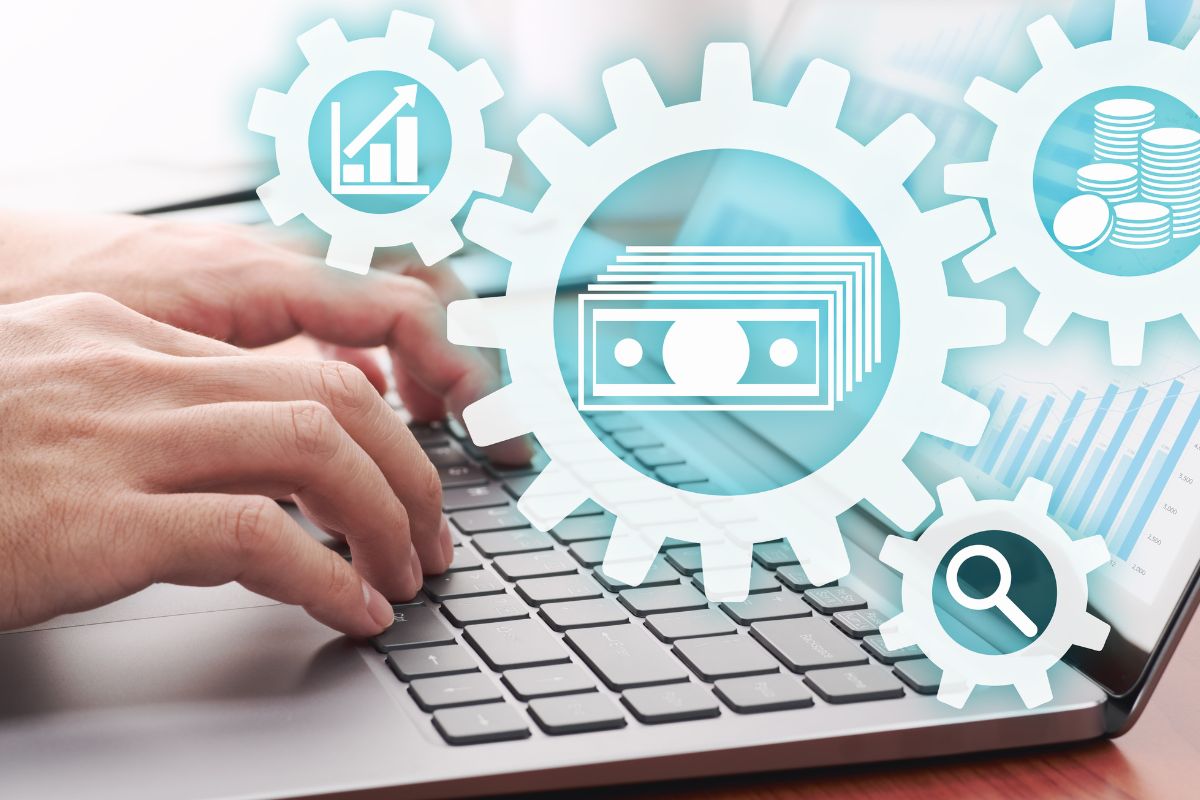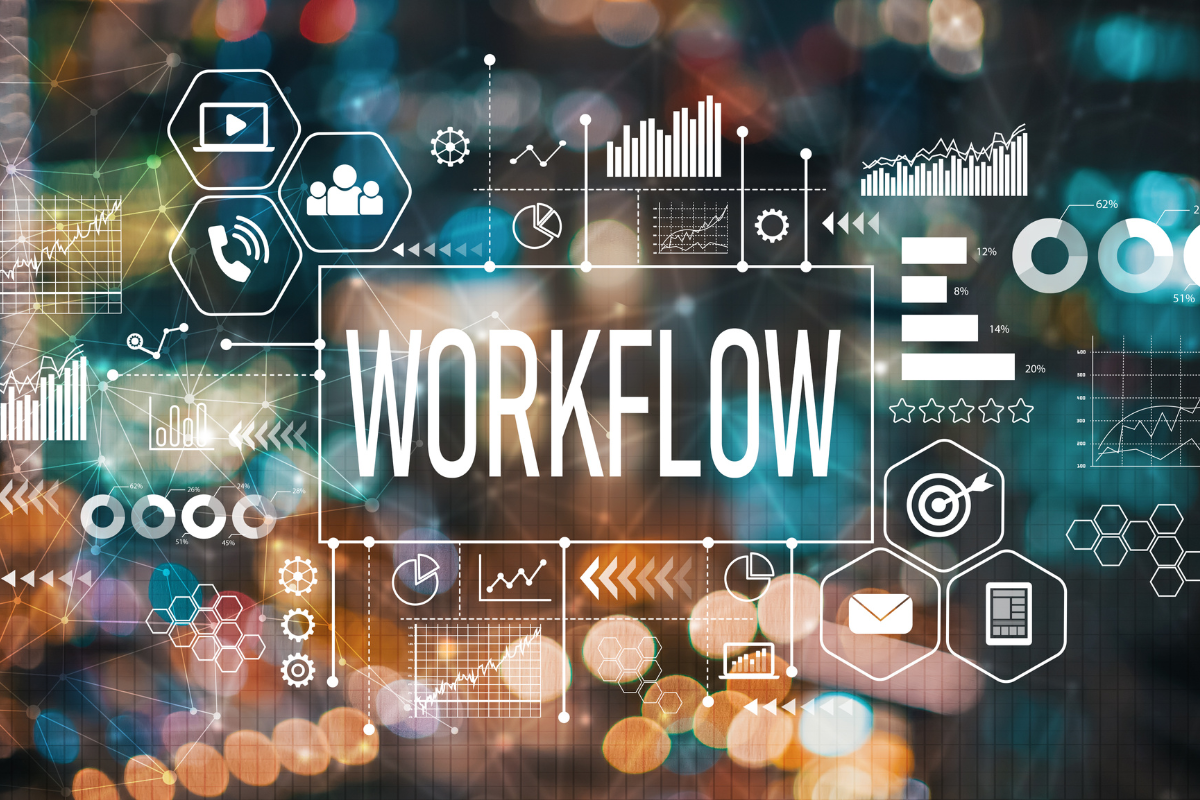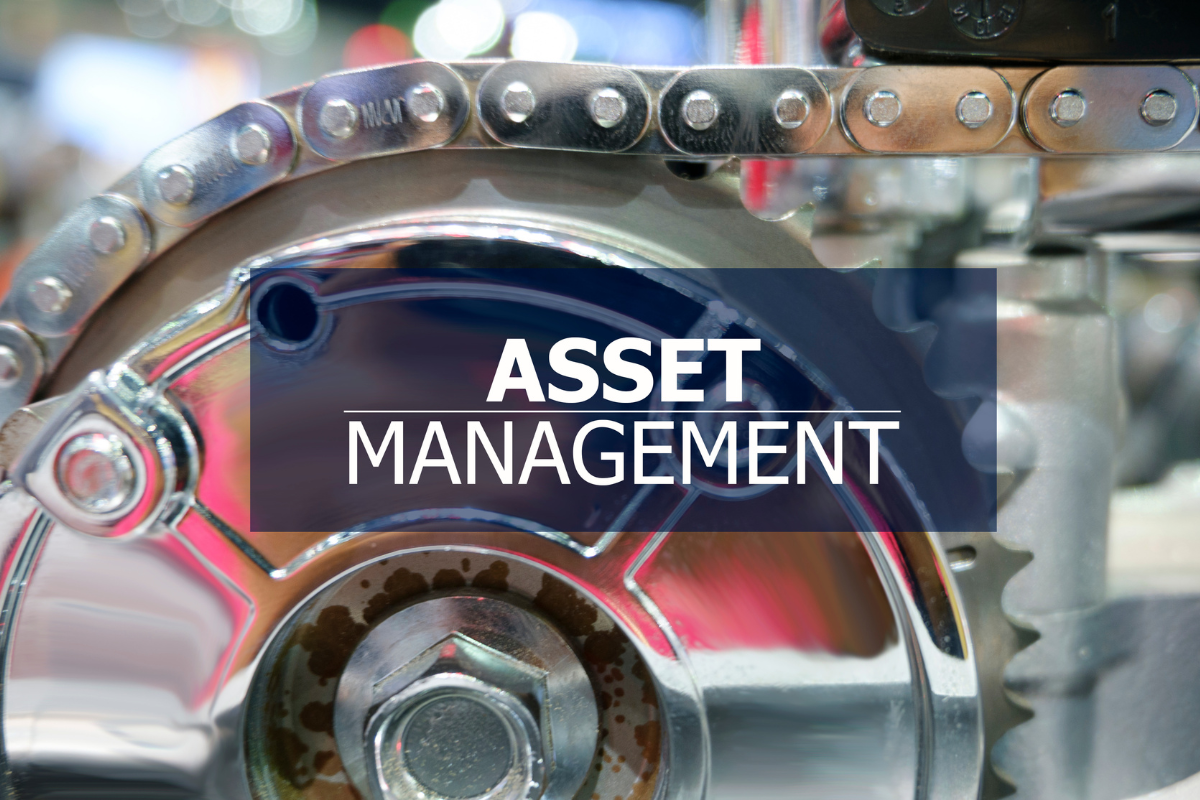In today’s fast-paced business world, keeping track of assets is more crucial than ever.
That’s where Asset Management 2.0 steps in – it’s like a supercharged helper for businesses to handle their stuff efficiently.
Imagine a smart software that not only keeps an eye on all your things but also learns and adapts to make the whole process smoother.
Asset Management 2.0 is the tech upgrade that businesses need for better control and smarter decisions.
As you continue reading this post, we’ll explore the ins and outs of Asset Management 2.0, uncovering how it goes beyond basic functionalities.
Post Contents
What is Asset Management 2.0?
Asset management 2.0 refers to advanced asset management software designed to streamline and optimize processes across diverse industries.

This innovative approach leverages cutting-edge technologies, including artificial intelligence (AI), machine learning (ML), IoT (Internet of Things), and cloud computing.
Unlike traditional systems, Asset Management 2.0 goes beyond basic tracking, aiming to revolutionize how organizations handle their assets.
By incorporating AI and ML, it enhances data accuracy, automates repetitive tasks, and provides insightful analytics.
The integration of IoT allows for real-time monitoring and proactive maintenance, ensuring assets operate at peak efficiency.
Cloud computing facilitates seamless accessibility and collaboration, breaking down silos in asset management.
Ultimately, Asset Management 2.0 empowers organizations to make informed decisions, drive operational efficiencies, and adapt to the dynamic demands of modern business environments.
Advanced Features of Asset Management 2.0
1. Real-time Data Tracking and Analysis
In the realm of Asset Management 2.0, real-time data sourced from devices, sensors, and manual inputs is the cornerstone.
This dynamic dataset provides a comprehensive view, enabling insights into asset performance, condition monitoring, maintenance needs, and lifecycle analysis.
The system’s ability to generate timely alerts empowers managers to proactively address issues, preventing potential failures or critical problems before they occur, fostering a more efficient and responsive approach to asset management.
2. Predictive Maintenance Optimization
In the realm of Predictive Maintenance Optimization, Asset Management 2.0 harnesses the power of AI and ML algorithms, finely tuned to data patterns.
This sophisticated integration enables accurate predictions of equipment failure or deterioration trends.
Departing from rigid maintenance schedules, organizations can now adopt dynamic strategies.
Asset Management 2.0 identifies optimal timeframes for repair or replacement based on real-time indicators of asset health.
This transformative approach ensures proactive and precise maintenance actions, maximizing operational efficiency and minimizing downtime, ultimately reshaping how organizations manage and optimize their valuable assets.
3. Remote Monitoring Capabilities
With the implementation of devices strategically placed across assets or infrastructure elements, businesses can now maintain continuous visibility into their operations even when physically separated from these assets.
With real-time monitoring in place, maintenance teams can remotely oversee the performance compliance of mobile assets through integrated control centers.

4. Integrated Workflow Automation
Asset Management 2.0 integrates with existing enterprise resource planning (ERP) and computerized maintenance management systems (CMMS), consolidating workflows into a platform.
This integration streamlines data flow, eliminates manual data entry, reduces duplication, and minimizes potential errors. It also promotes collaboration among teams working on tasks related to asset management.
5. Intelligent Reports and Analytics
Asset Management 2.0 presents data-driven insights through informative reports.
These reports offer analytics such as asset utilization rate statistics, downtime maintenance costs analysis, patterns of energy consumption, and more.
By utilizing AI algorithms, the built-in analytics modules offer users diagnostic insights to optimize the performance of their assets continuously.
Benefits of Asset Management 2.0
1. Enhanced Cost Efficiency
The implementation of Asset Management 2.0 heralds enhanced cost efficiency through a multifaceted approach.
By minimizing breakdowns and mitigating downtime, the system curtails the financial impact of expensive outages resulting from equipment failures.
Additionally, efficient management of spare parts inventory is instrumental in cost reduction.
Asset Management 2.0 achieves this by optimizing maintenance scheduling, extending equipment lifespans, and ensuring that resources are allocated judiciously.
In essence, this advanced asset management paradigm not only improves operational reliability but also contributes significantly to overall cost-effectiveness, offering organizations a streamlined and economically prudent means of managing their assets.
2. Improved Decision Making
The real-time insights provided by Asset Management 2.0 empower organizations to make informed decisions about their assets.
This valuable information helps stakeholders identify trends, prioritize resource allocation, and enhance asset performance for organizational growth.

3. Streamlined Compliance & Reporting
With the integrated compliance features of Asset Management 2.0, businesses can effortlessly generate specialized audit reports and ensure that their assets operate in accordance with requirements.
Meeting compliance standards becomes easier with documentation and automated tracking of relevant industry mandates.
4. Increased Scalability
As businesses evolve and acquire assets requiring management, Asset Management 2.0 offers streamlined back-end processing that enables organizations to scale up without compromising efficiency or productivity.
It also allows businesses to be proactive and flexible, enabling them to adapt to changing market dynamics. This helps them avoid setbacks that may arise from events like mergers or acquisitions.
Conclusion
Asset Management 2.0 introduces an era of software solutions for managing assets. It offers features such as real-time tracking, AI-based predictive maintenance, and remote monitoring.
These features bring benefits, including improved cost efficiency, better decision-making capabilities, streamlined compliance processes, and increased scalability.
With Asset Management 2.0, businesses across industries can optimize their asset-related operations and gain an edge in today’s fast-paced business landscape.





























